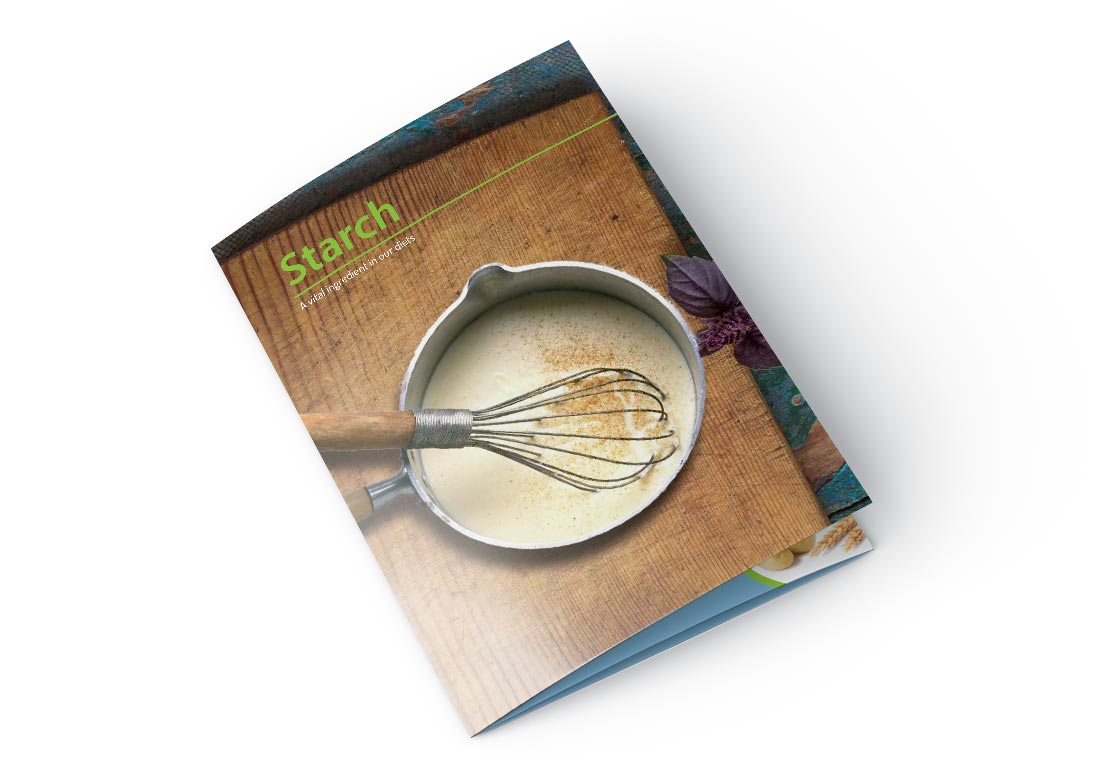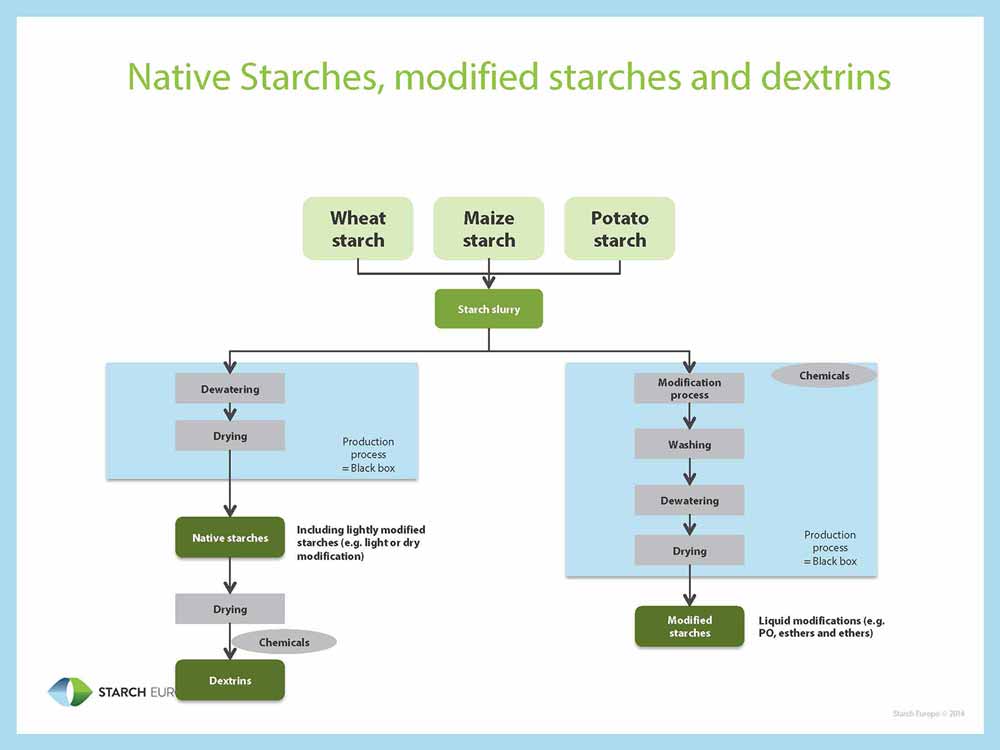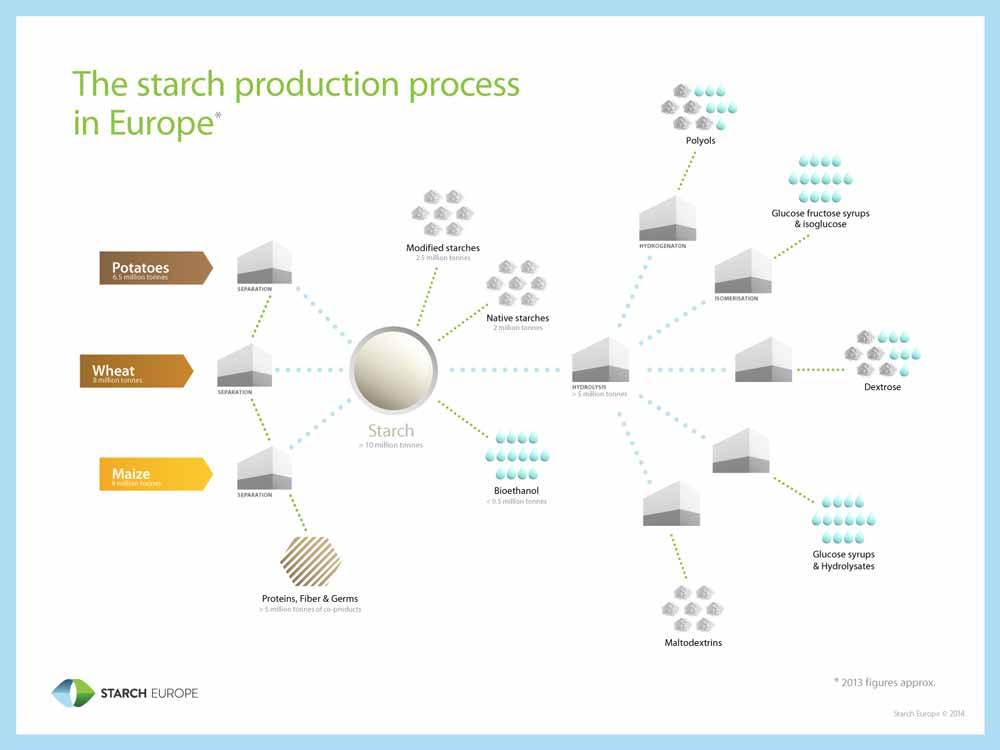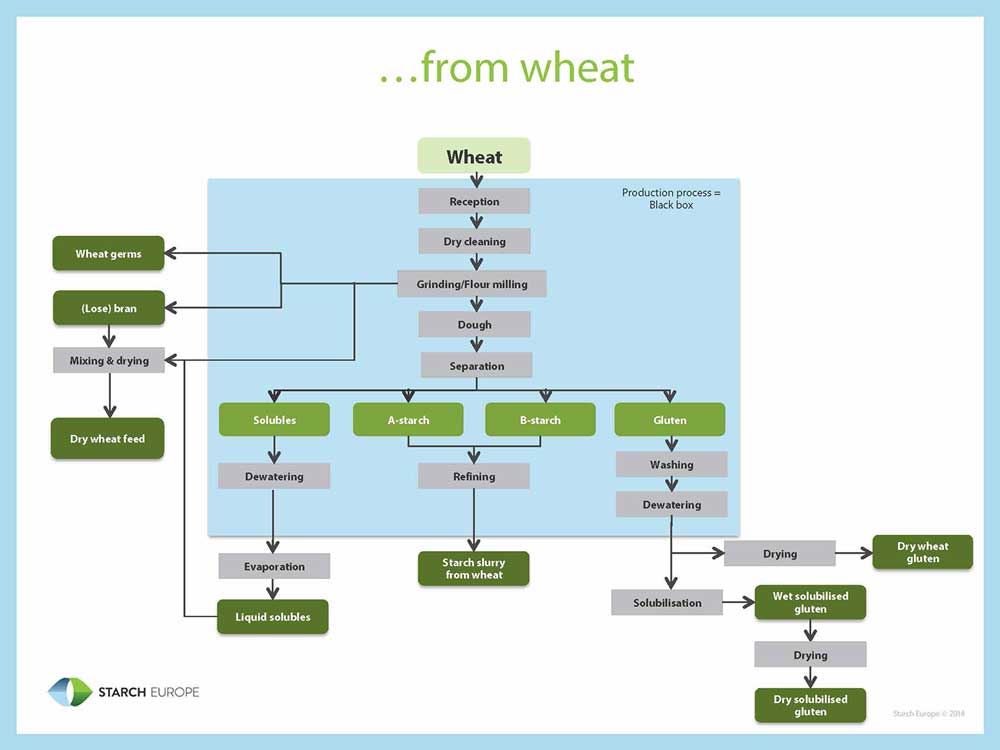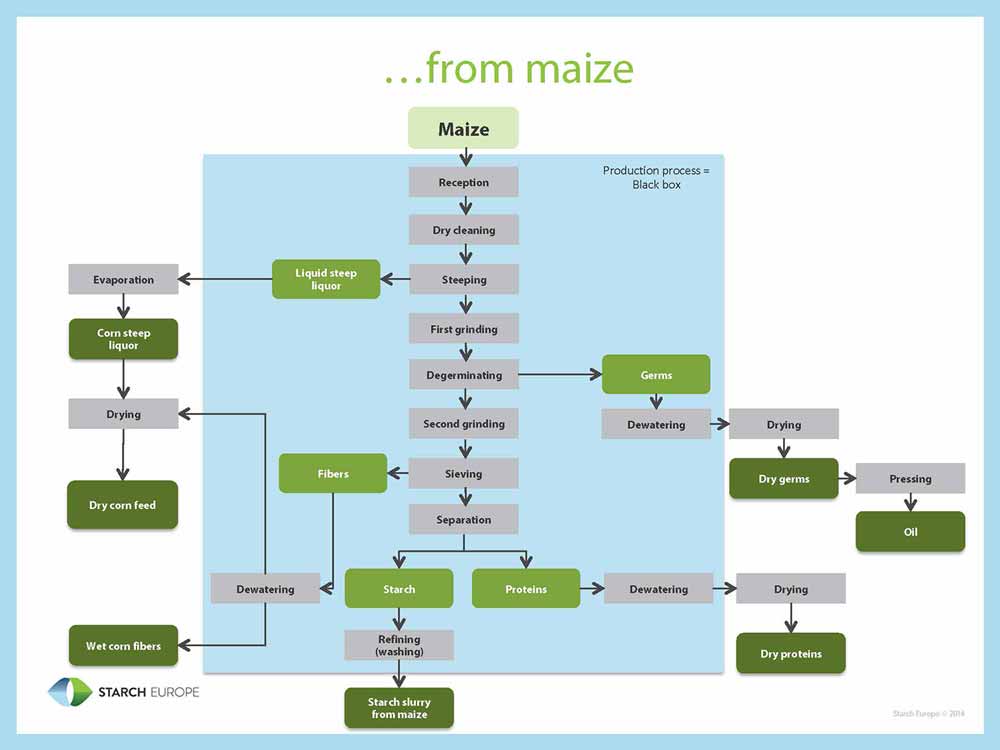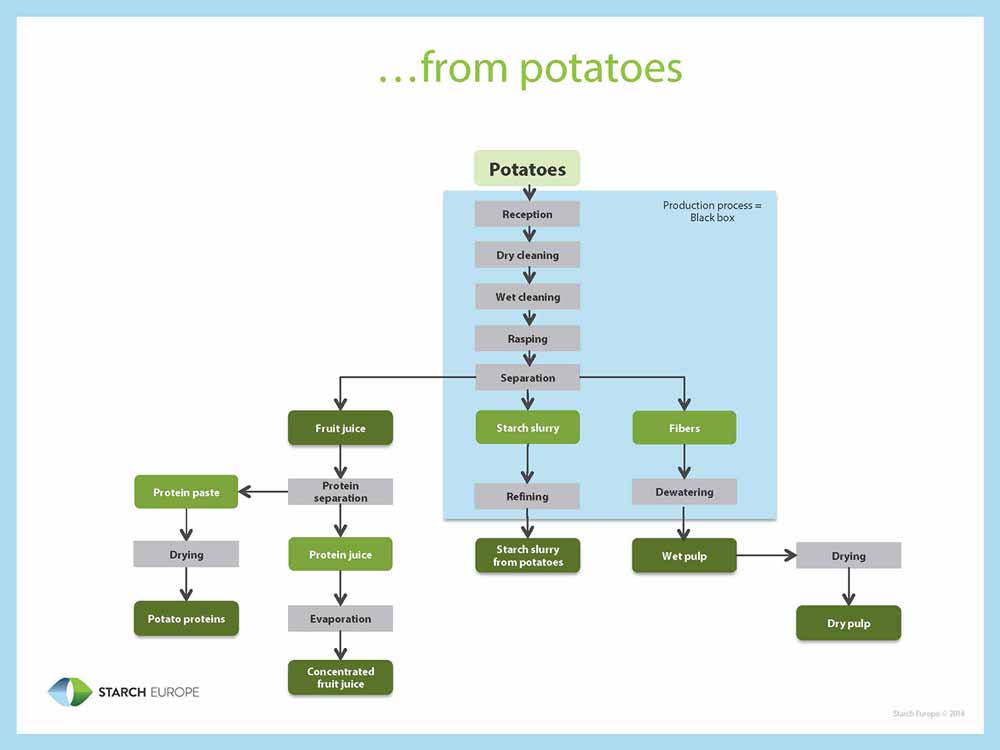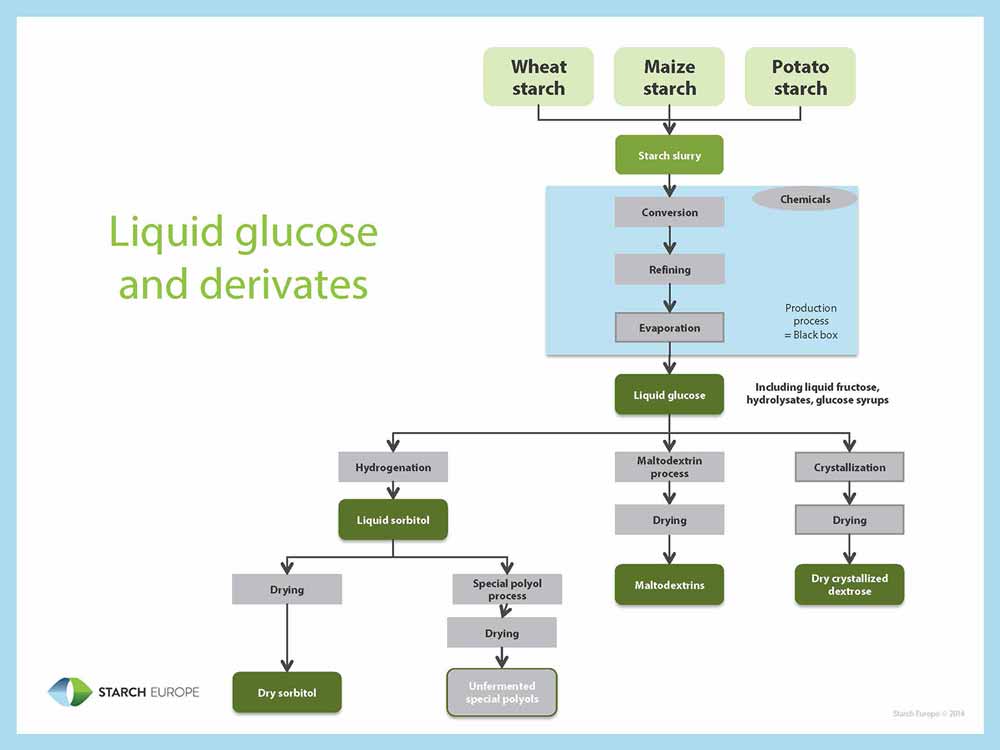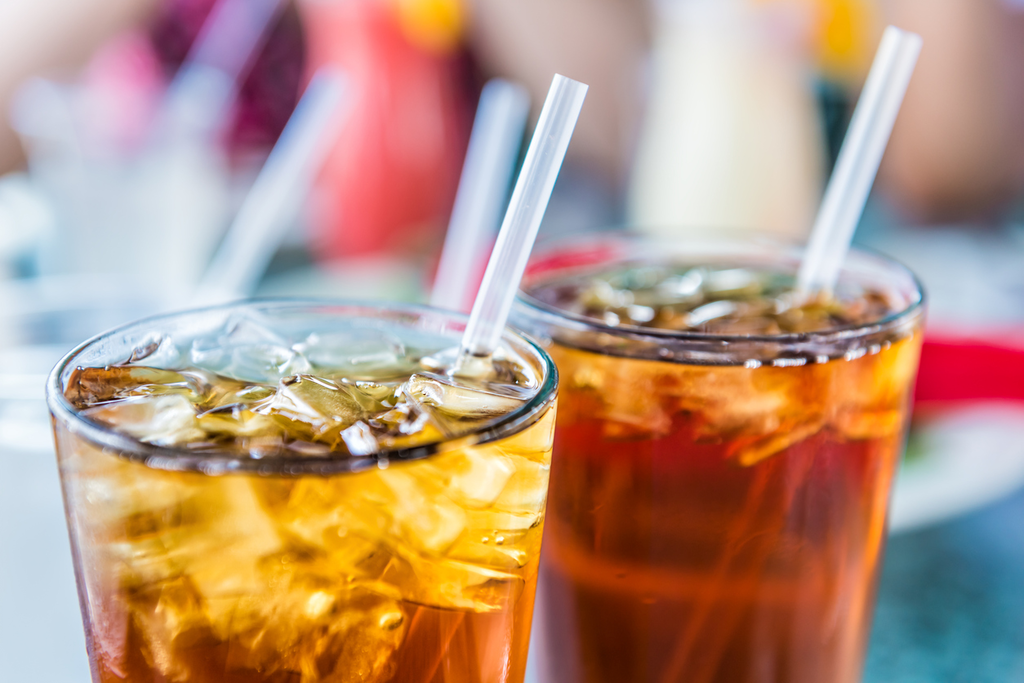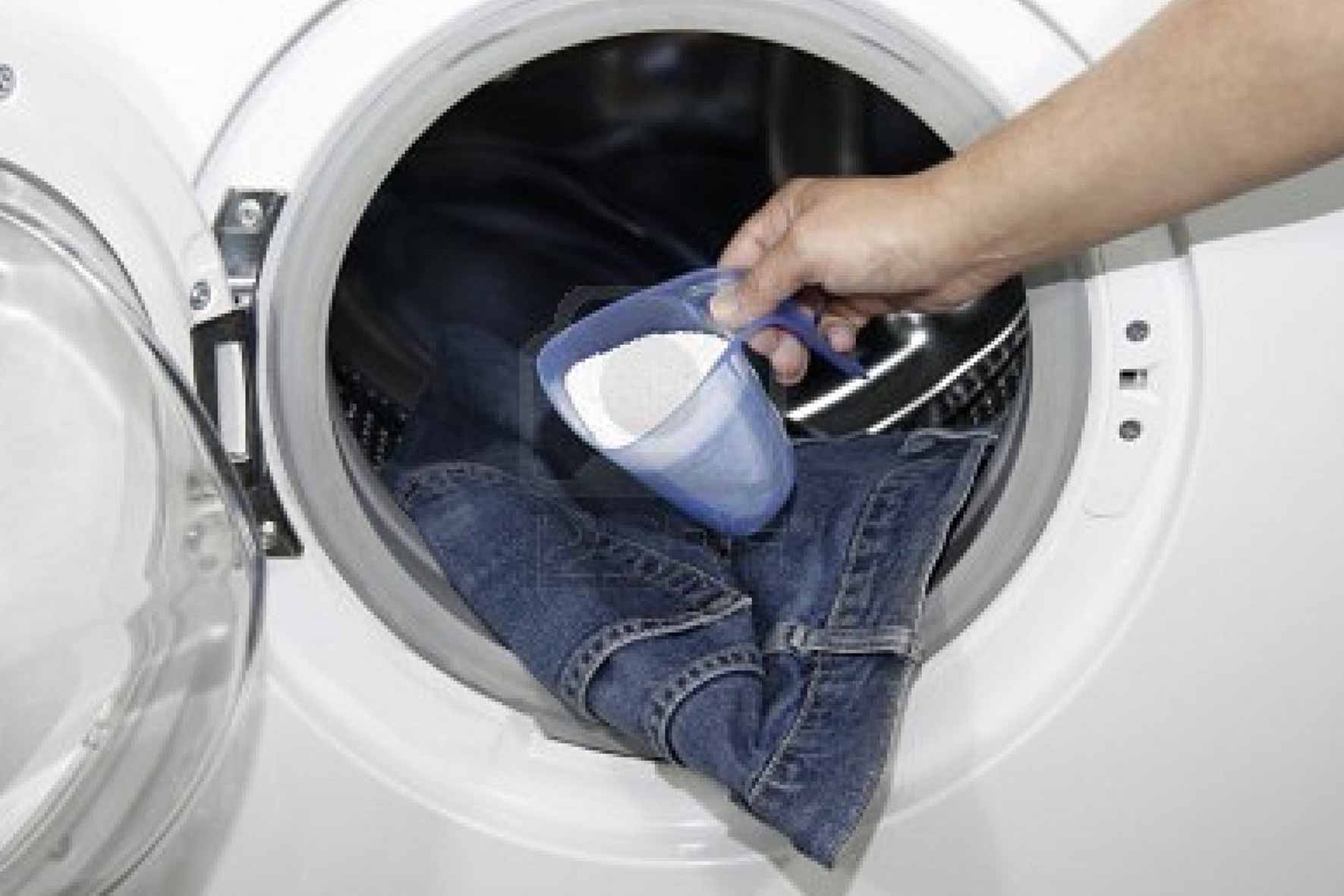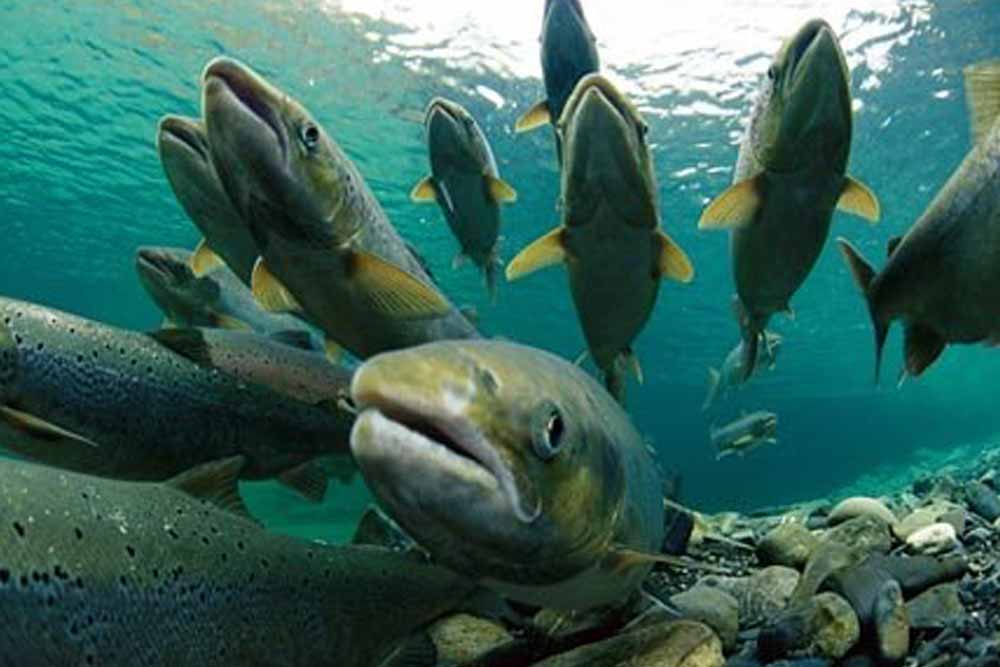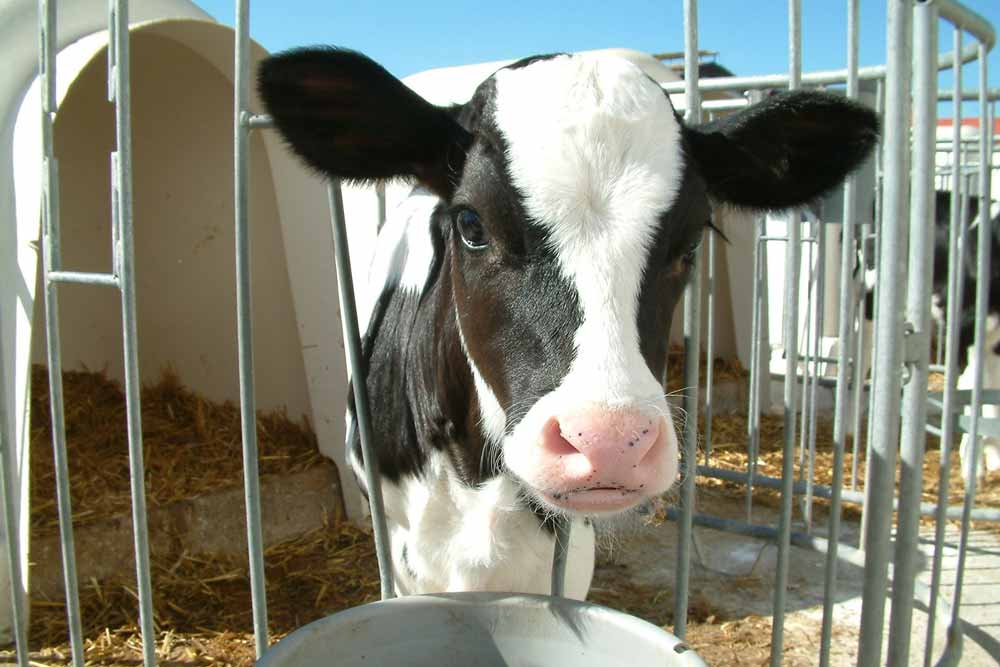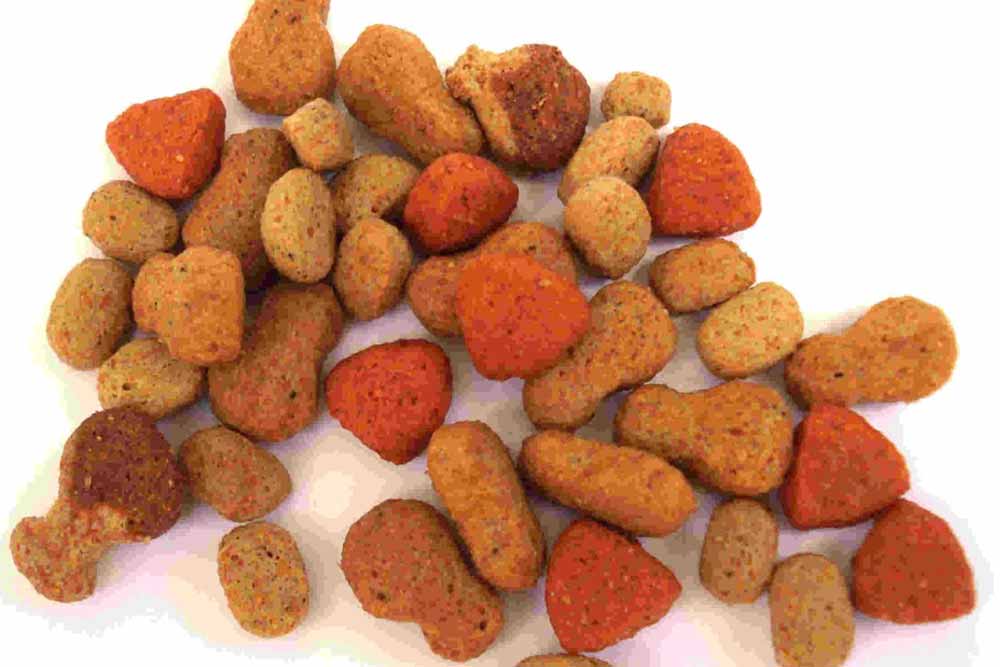The European starch industry provides their customers with a broad portfolio of safe and high-quality products ranging from native starches, modified starches, liquid and solid sweeteners to oils, proteins and fibers that are used as ingredients and functional supplements in a wide array of applications.
Starch is the glucide reserve of plants. In Europe it is found in maize, wheat and potato from which it is extracted, as well as in many other plants: rice, barley, vegetables, manioc, sweet potato.
Starch is the glucide reserve of plants. In Europe it is found in maize, wheat and potato from which it is extracted, as well as in many other plants: rice, barley, vegetables, manioc, sweet potato. The formation of starch in plants is through the process of photosynthesis. This physiological mechanism makes it possible for the plants to produce and store the glucose (elementary sugar) which is necessary for their growth and reproduction. Initially, the plant assimilates the carbon from the atmosphere and transforms it into glucose, the basic molecule. This is then used for the synthesis of the starch polymers associated with pure glucose.
Like the image of a “pearl necklace”, each plant organises and structures its macromolecules of glucose in a different way, the number of glucose units which can vary from 100 to 20,000 in each polymer. In plants, starch appears as small granules, insoluble in cold water, the size (between 3 and 100 microns) and form vary according to the origin.
The starch industry separates the components of the plant: starch, protein, cellulose envelope, soluble fractions and in the case of maize, the germ from which oil will be extracted. This first phase utilises a series of simple stages of physical separation of the components: crushing, sifting, centrifuging, etc… However the methods of manufacture are specific to each plant and the industrial tools are normally dedicated to a raw material (maize, wheat or potato in Europe). In the second stage, the starch which has been extracted in its purest form, will be used as it is after drying (this is called “native starch”) or it will be further processed, undergoing various transformations aiming either at modifying its performance (“modified starch”) or to obtain sweeteners through the process of hydrolisis.
At the end of the process the starch and derived products are delivered to customer industries in the form of powder (with an appearance similar to that of flour) or of syrups.

